Temecula Valley Players Keep it Cool with West Side Story
When the Temecula Valley Players chose to produce the award-winning musical, “West Side Story,” Director Allisan Whitman was presented with the tremendous challenge of casting the iconic roles of star-crossed lovers, Tony and Maria; theatrical parts that require a trilogy of performance abilities: singing, dancing and acting.
“This show is particularly difficult because the talent needed to convincingly play the leads is extremely hard to find,” Whitman said during a recent interview. “The roles are demanding on every level. I was very fortunate to find seasoned actors who have amazing voices that can sing the wide ranges required of them and trained dancers that can pull off the athleticism the songs require. They are one in a million and I couldn’t be more thrilled.”
First produced on Broadway in 1957, “West Side Story” is an adaptation of the Shakespearean tragedy, Romeo and Juliet. Although it illustrates the racially-driven turf war of rival gangs in 1950’s New York City, the Caucasian Jets and the Puerto Rican Sharks, “West Side Story” is ultimately a love story of two young adults from opposing worlds.
Tony, the lifelong friend of Jets leader, Riff, falls in love with Maria, the baby sister of Sharks leader, Bernardo. For those who are familiar with the Bard’s masterpiece, the story (spoiler alert) does not end happily.
The Temecula Valley Players’ presentation stars Tamara Rodriguez as young, naïve, Maria and Tyler Jiles as the former gang member, Tony, who is now attempting to make peace between the rumbling groups for the sake of his one true love.
Candace Carbajal as Anita, Randall Matsumoto as Bernardo, and Brennen Winspear as Riff, round out the main cast, with a full list of multi-talented actors in supporting roles.
With “West Side Story” relying on numerous key roles, each demanding in its own right, Whitman is thrilled with the achievements of the talent she has assembled.
“The cast comes from varying backgrounds, ages and experience, but the one thing they all have in common is a fiercely loyal commitment to this project,” she said. “The cast has become a very tight knit group, which translates onto the stage in a positive way. It’s one of the most difficult shows to produce and perform, but there isn’t a weak link in our production. Audiences have no idea what they are in for.”
Much like its Shakespearean cousin, the main theme of “West Side Story,” is greatly open to debate, but, for Whitman, the show gives the audience the opportunity to find their own meaning within the confines of the narrative’s complexities.
“For me, ‘West Side Story’ is an examination of two interwoven antithetical stories that explore the paradox of intensely passionate love and equally passionate hatred,” she said. “The show brilliantly examines the chaos and obstacles that surround these two extremes and ties them up with a bow. The best part is this paradox creates a wild ride for the audience and it forces them to examine themselves. It’s powerful on many levels.”
Temecula Valley Players may be, by definition, a community theater, but Whitman insists that their production of “West Side Story” is anything but amateur.
“I would hope that everyone who sees our production leaves the theater feeling that they have witnessed something very profound,” Whitman said. “I want them to tell their friends that they have to see it so that they can share the same experience and talk about it together over coffee, at a barbeque, or in their own living room. I want them to take it home with them and think about it for a while. That’s what theater is supposed to do and that’s why we do it.”

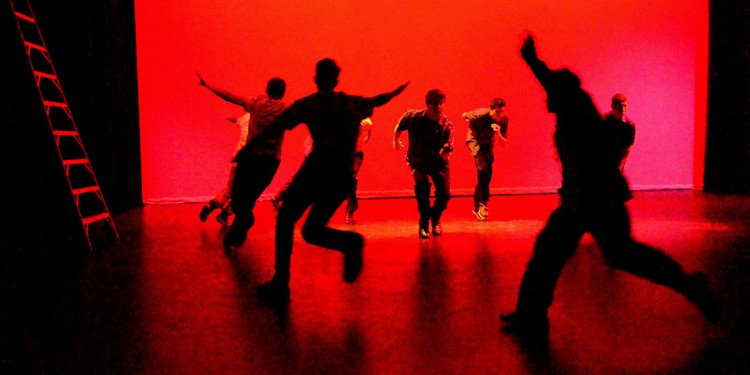
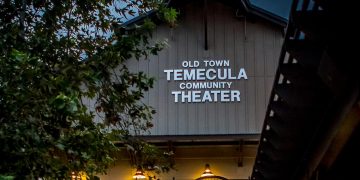
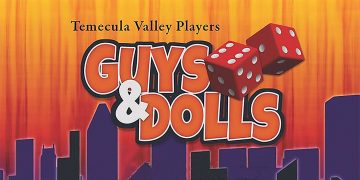

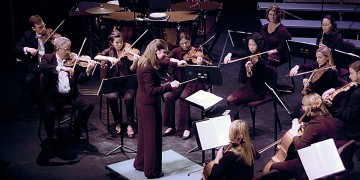
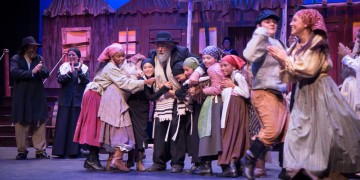

No Comments